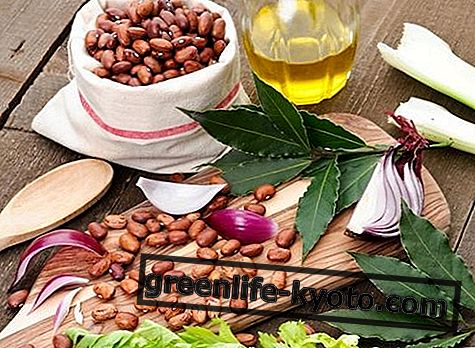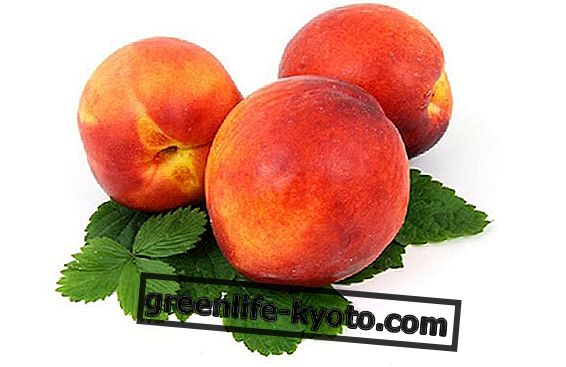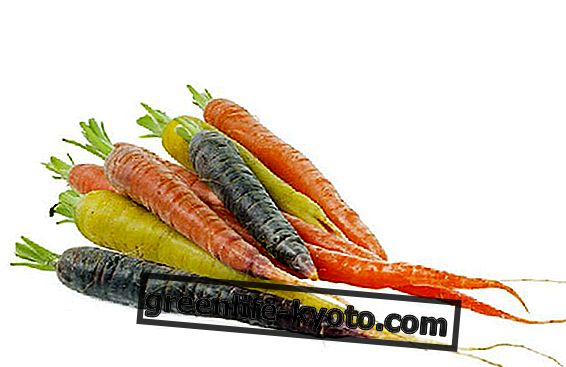
Amla is a plant that produces fruits used as a natural remedy in Ayurvedic medicine for over 5000 years in India. The traditional Indian name is Amalaki while its scientific botanical name is Emblica officinalis .
In India it is considered an essential plant to have well-being in one's life so much so that it is contained in 50% of the healing recipes of Ayurvedic medicine and is one of the essential ingredients for the elixirs of long life.
According to Ayurvedic medicine, this amla fruit is a balancer of the body and is used to give well-being to all 3 doshas. These doshas are the three constitutions that a human body can have, three different types of people who therefore each have different remedies and advice to achieve well-being.
However, amla can be an excellent remedy for rebalancing all three types of doshas . In fact, amla is a panacea for all illnesses and is considered the best rasayana in India. This means that it is the most excellent product to give well-being and health to our body.
What we use of amla
It is mainly used the fruit of the amla which is a transparent yellow berry with green veins. The dimensions are small enough that it is called "Indian gooseberry" but we can also say that it is quite similar to the ancient wild plum that in Italy we know as myrobalan.
However, all parts of the plant are used as natural remedies, in fact we can collect its leaves, its roots, its seeds, its bark, its fruits and of course its fruits that are used both fresh and dried.
Furthermore these parts can be transformed by cutting them into smaller pieces until the powdered form is used as a natural supplement.
From the amla we also get a vegetable oil that is mainly used to make the hair and skin soft and shiny.
Also read 5 foods rich in vitamin C >>
Composition of the amla
The amla is composed of over 80% water like many fruits and also contains carbohydrates, proteins and fibers.
In terms of vitamins, amla contains 20 times the amount of vitamin C compared to the classic oranges.
Although little known in Europe, this fruit is the richest source of vitamin C in the world . Moreover, a good advantage for amla is that when its fruit is dried it does not lose the presence of vitamin C because in its phytocomplex it also contains other active ingredients called tannins that manage to preserve vitamin C even during a possible cooking of the fruit.
Amla is also rich in mineral salts such as potassium, sodium, manganese and iron . The presence of this last mineral associated with vitamin C makes the amla excellent for an excellent synergy that is created between these two elements that make their absorption and their metabolization faster and qualitatively better by the body.
Property of the amla
The main property of amla is linked to its richness in vitamin C and antioxidants which give it the effect of being an extraordinary anti-aging remedy for the whole body.
In particular it has been discovered that inside the amla there is a substance called "superoxide dismutase" with truly excellent antioxidant capacity which therefore manages to eliminate and wipe out free radicals from our body.
This antioxidant action leads to a less acid pH of the body and this is able to stop the onset of various diseases originating from an excessively inflamed and acidified body soil.
To understand how important it is to stop and reduce the presence of free radicals in the body we need to know that degenerative diseases such as Alzheimer's, senile dementia and Parkinson's disease are all diseases that originate precisely from the excess of free radicals . For this the amla becomes so precious and is considered the fruit of longevity.
Furthermore, the combined presence of its active and nutritional ingredients and in particular vitamin C together with bioflavonoids, therefore make amla one of the best sources of antioxidants that exists on our planet.
Its effectiveness as we have described works by counteracting free radicals in the body and this creates a lowering of the organism's oxidation and a truly important anti-aging action both on tissues and on a cellular level.
The presence of saponins also gives anti-cholesterol properties thanks to a lowering effect on circulating cholesterol levels and is also an excellent natural antibiotic that is effective in treating fungal attacks or infections of other origins.
The amla is also capable of fortifying and supporting the immune system thanks to the conspicuous presence of vitamin C and other active ingredients present in its phytocomplex.
Finally, the amla is an antitumor both because it is a powerful antioxidant and because it has a direct effect on cancer cells that are inhibited or killed without damaging the healthy cells of the body.
When to use amla:
In the case of colds like flu, cold and cough, amla is essential for the richness of vitamin C.
Excellent also in cases of anemia but also for problems with the spleen, liver and lungs . Useful for high blood pressure, heart problems and to control cholesterol. Excellent natural antibiotic with action against bacteria, fungi and viruses of various origins.
It is also a general anti-inflammatory thanks to a direct action that stimulates the production of adrenal gland hormones that serve to counteract the inflammatory processes and degenerative processes of the body. This is also added to its use for other anti-aging effects.
The amla is therefore used daily as an elixir to keep you young and in excellent health thanks to the presence of vitamin C which in this fruit is the highest in the world and also thanks to its high value of antioxidant essential for the well-being of the body.













